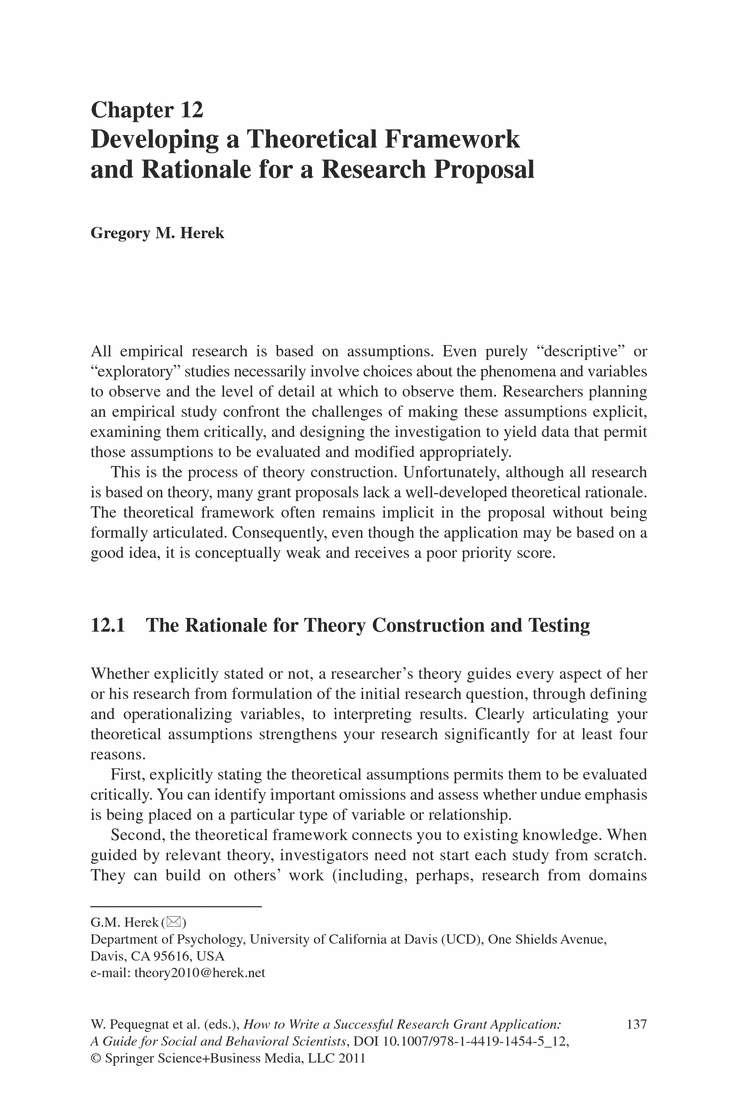When writing a research paper, the introduction should give an overview of the issue and state the thesis or main argument. It should also explain how you will approach the topic and what the paper will contain. Your research paper should address the topic’s history, its significance to society, and possible solutions. Keeping these factors in mind, you should be able to produce a high-quality paper in no time. Here are some helpful tips for writing an introduction.
Finding a topic
Before you begin writing your research paper, you should read your course syllabus and the SHU library catalog to identify the course topics. If you aren’t sure what your course requirements are, you can also conduct a preliminary review of research literature by searching the library catalog for articles by using the main concept terms. This preliminary review will help you frame your research problem and refine your main concept terms. The process of refining the main concept terms may involve several iterations.
You can also identify a topic that is interesting to you. It may be a subject that interests you, or it may be a topic you’ve already read about in class. Either way, identifying a topic you’re interested in will help make the project easier to complete and produce better results. The best way to find a topic that’s both interesting and meaningful to you is to ask yourself some questions about it and consider your sources.
Creating an outline
An outline is not a final draft. An outline helps you to keep your paper on topic and follows the “rule of two”: for each main topic, there should be two subtopics, and each subtopic should have a subtopic. This prevents overlap and maintains coherence. Effective formal outlines prepare you for your first draft, but many students write from an exploratory draft and revise it later.
Creating an outline for a research paper is important for several reasons. One is that it helps you keep track of when certain aspects of your research paper need to be completed. A well-developed outline will serve as a schedule for writing and will allow you to work efficiently and effectively. Without a proper outline, it can be easy to lose track of important information or get bogged down in detail. A thorough outline is crucial for a successful research paper.
Creating a thesis statement
When writing a research paper, you must create a thesis statement. It gives readers a clear idea of what your paper is about and asserts your position on an argument. A thesis statement typically appears at the end of the introduction paragraph, and it should tie together the main idea of the paper. However, the thesis statement should be flexible enough to change as you learn more and understand your topic better.
While creating a thesis statement, you must keep in mind that you should make it a debatable claim, not a dogmatic argument. Your thesis should answer the research question, and the evidence should support it. It is important to remember that the research comes first, not the conclusion. Likewise, it may be difficult to narrow down a topic to one point because there are too many supporting ideas, so you should brainstorm several topics before deciding on one.
Organizing information in a research paper
Organizing information in a research paper is not always as difficult as many students may think. This is because there are several ways to approach the task. One common method is to use graphic organizers to help students organize their information. Enchanted Learning offers a number of examples of graphic organizers that can help students get started. For more information on using graphic organizers, check out their website. Once you have a list of topics, you can start organizing your information.
There are several different ways to organize information, and logical file names save time and frustration. Creating clear categories can also help you keep your readers’ attention and draw connections between ideas. Here are five of the most effective tips for organising your research paper:
Creating a bibliography
When you write a research paper, you will need to provide a bibliography. The bibliography is generally found at the end of your paper. In general, you should list the sources alphabetically, with books and articles listed alphabetically by last name. The bibliography format should match the style of your research paper. Using proper citation and referencing styles will show your readers that you are a serious researcher.
To properly document sources, you must gather information from various reference materials. This includes books, CD-ROMs, and the internet. The next step is to prepare bibliography cards documenting the sources. This is easy to do if you are following a library’s style manual. You should also keep note cards with your notes from the sources you have used. Number these cards to keep track of them.




